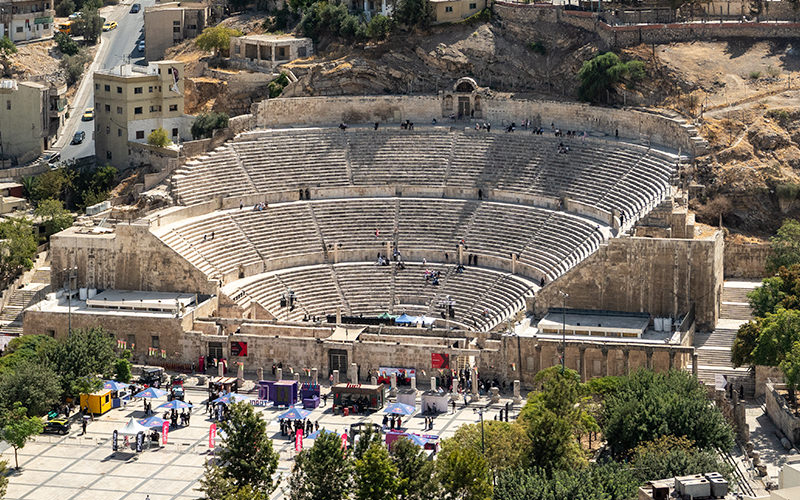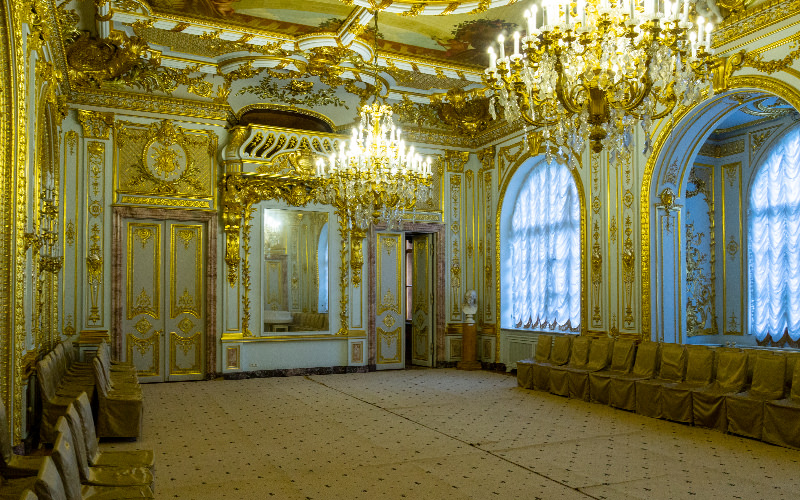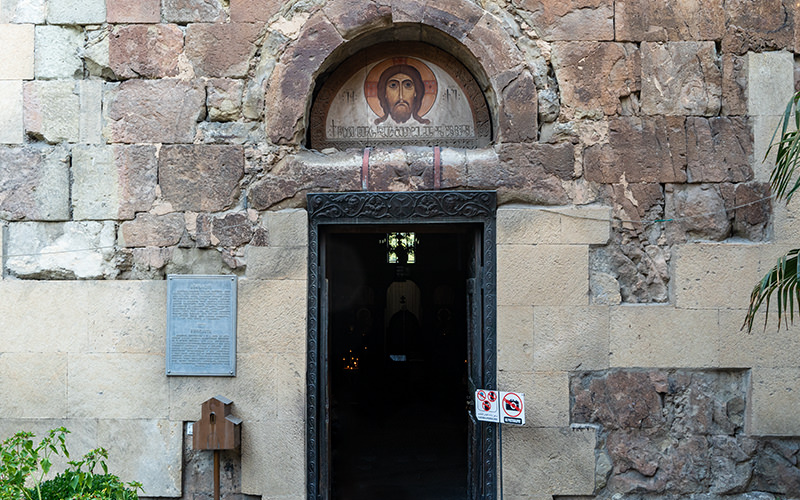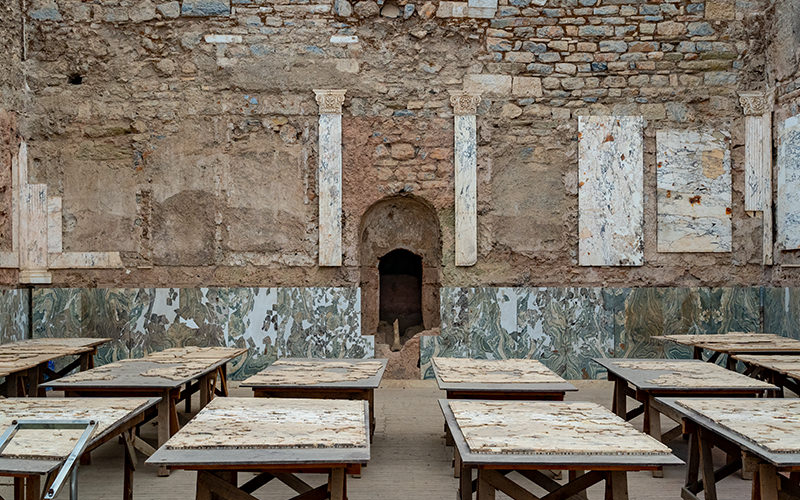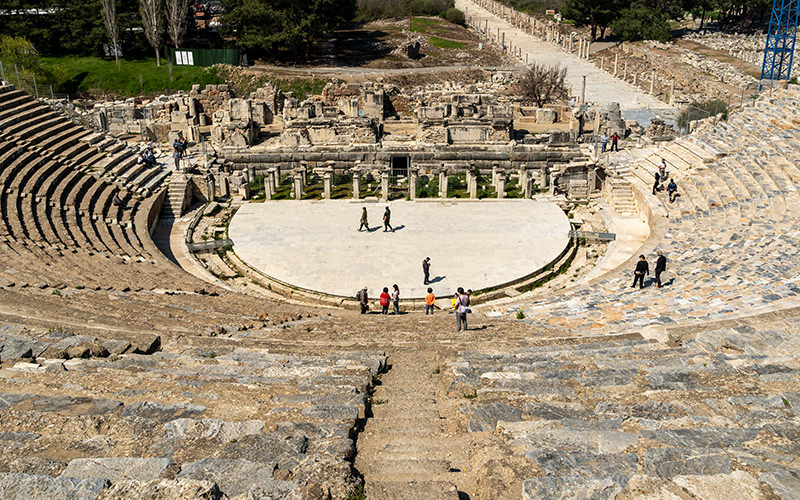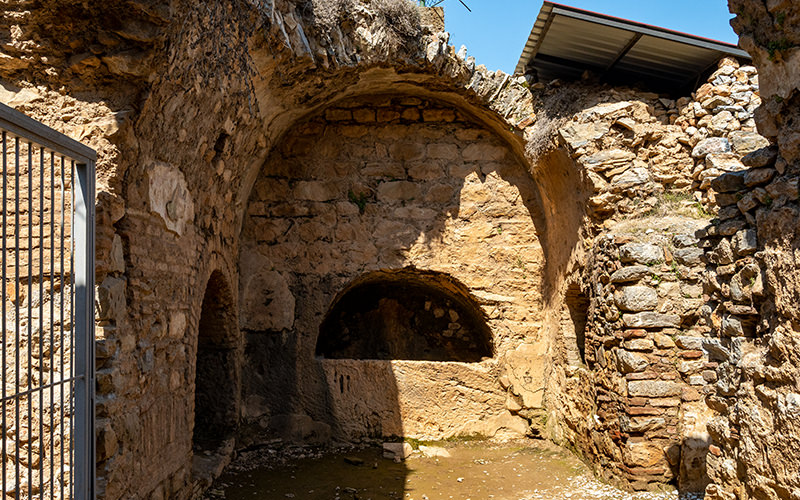Hi, today I will continue to share the history of my trip to the ruins of the fascinating ancient city of Ephesus. As a reminder, in the previous article, I talked about how to get to this landmark and listed some of the buildings in this vast open-air museum. This time, I will delve into one of the structures of the complex, the Library of Celsus. It can be considered the true hallmark of this place.
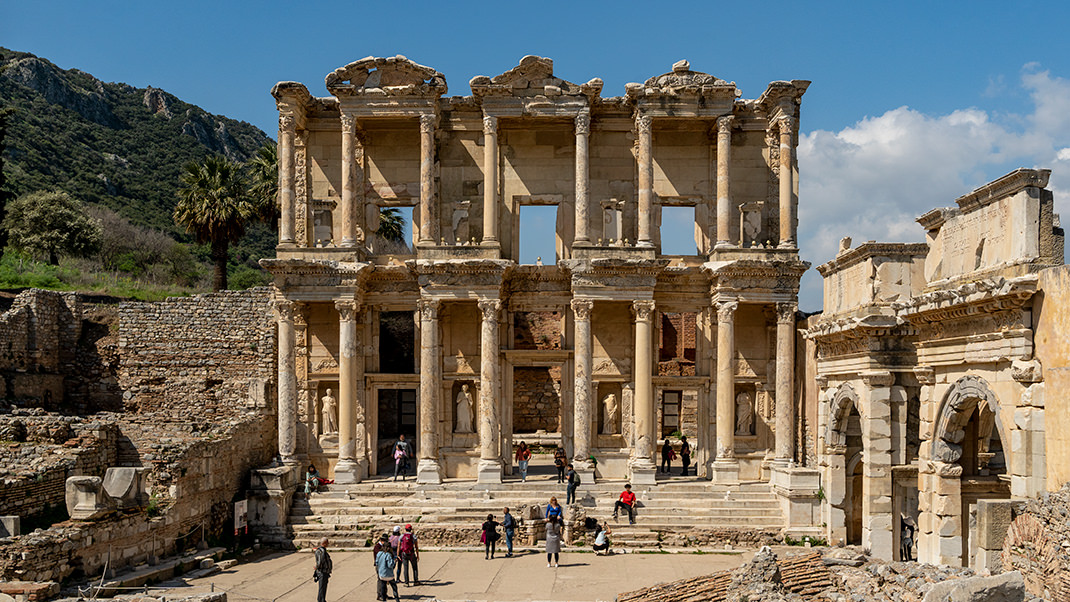
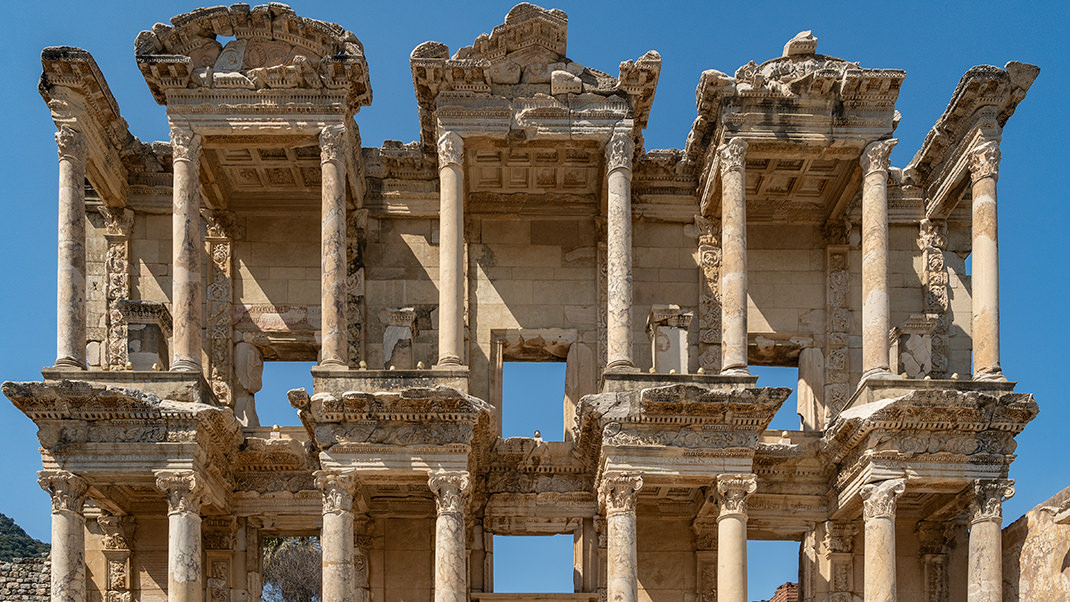
Where is the Library of Celsus located?
The ruins of the ancient building are located within the vast museum complex near the Turkish town of Selcuk. To enter, you need to purchase an admission ticket; in spring 2023, it costs 400 lira. The exploration of the structure is already included in the museum admission fee. The only thing to consider is that capturing a photo of the library without tourists is practically impossible.
I'm sure you won't miss the location of the library during your stroll through Ephesus, but if needed, you can find it on Google Maps.
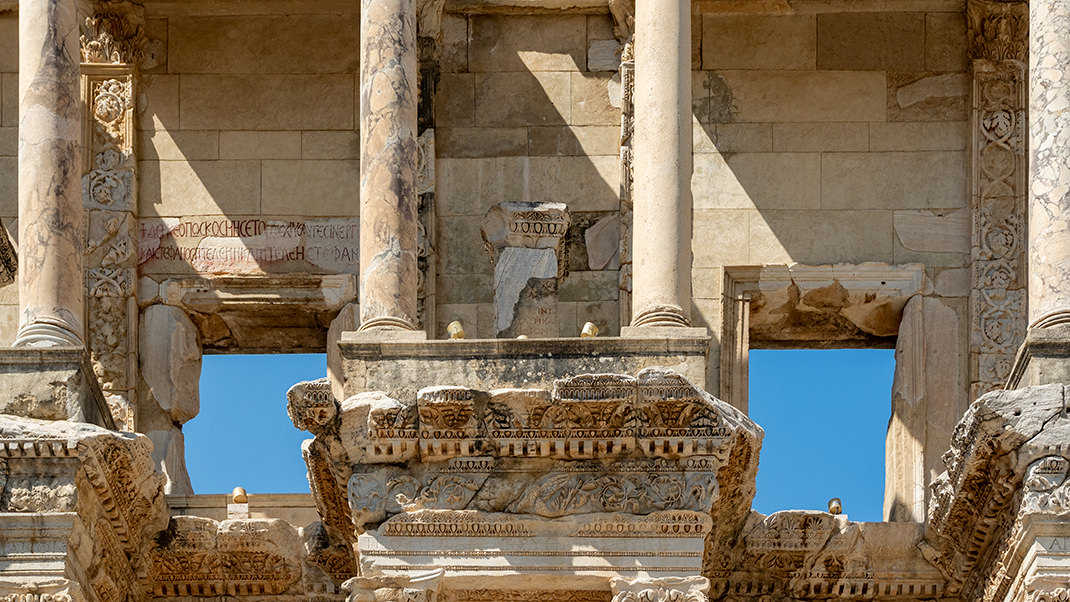
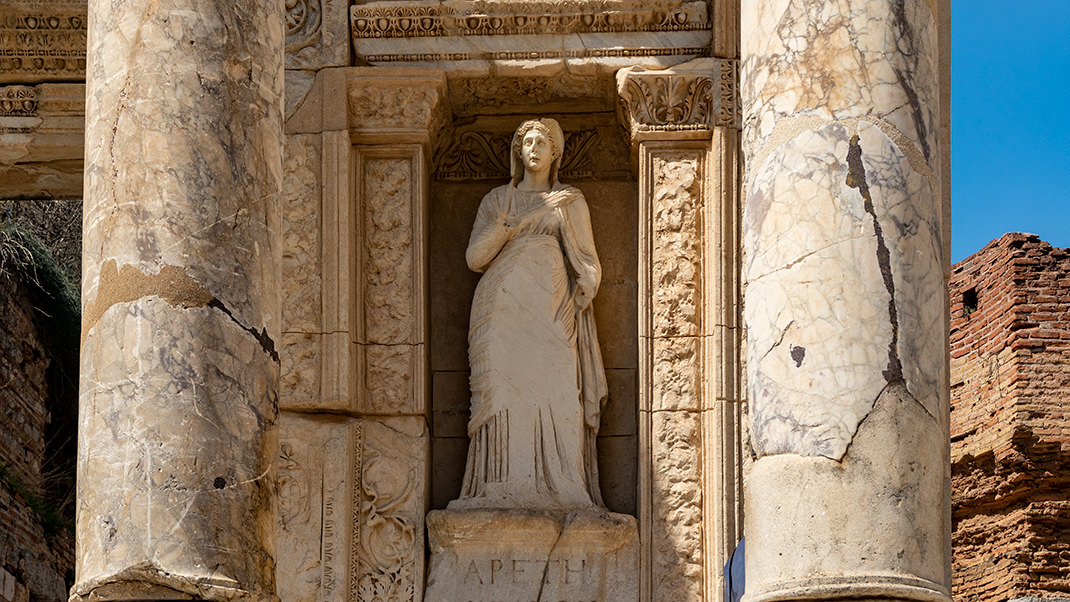
A bit of history
The Library of Celsus, the most famous monument of ancient Ephesus, has stood for almost two thousand years. The building was constructed in the early second century CE. The library can be seen as a kind of sanctuary, as it once housed the sarcophagus containing the remains of the Roman consul Tiberius Julius Celsus, the father of the architect Tiberius Julius Aquila, who erected the structure. The facade of the building turned out to be quite narrow and tall, as it was constructed in the space between two other buildings.
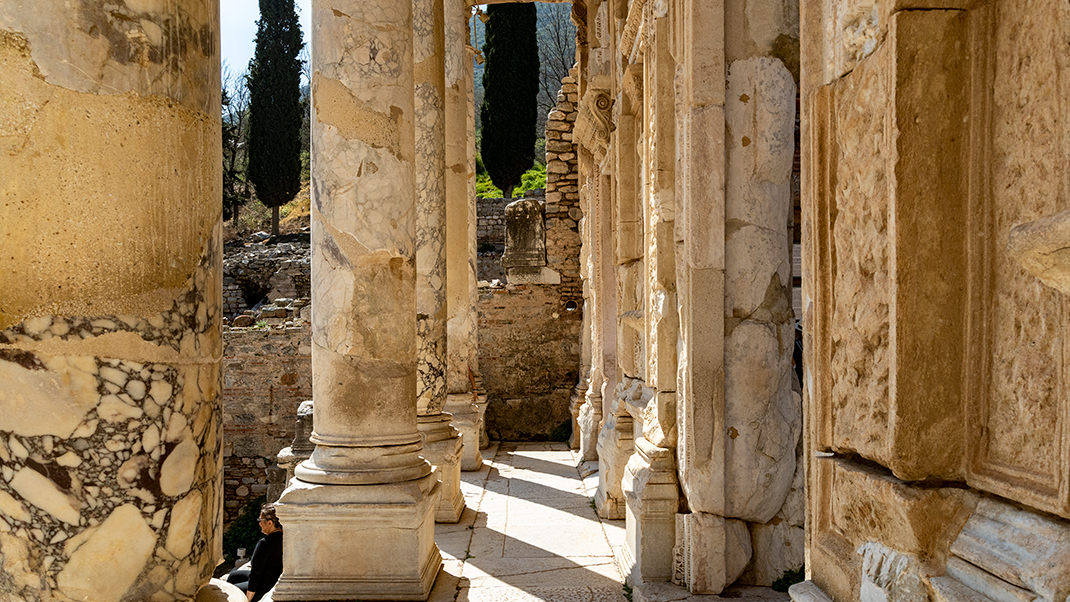
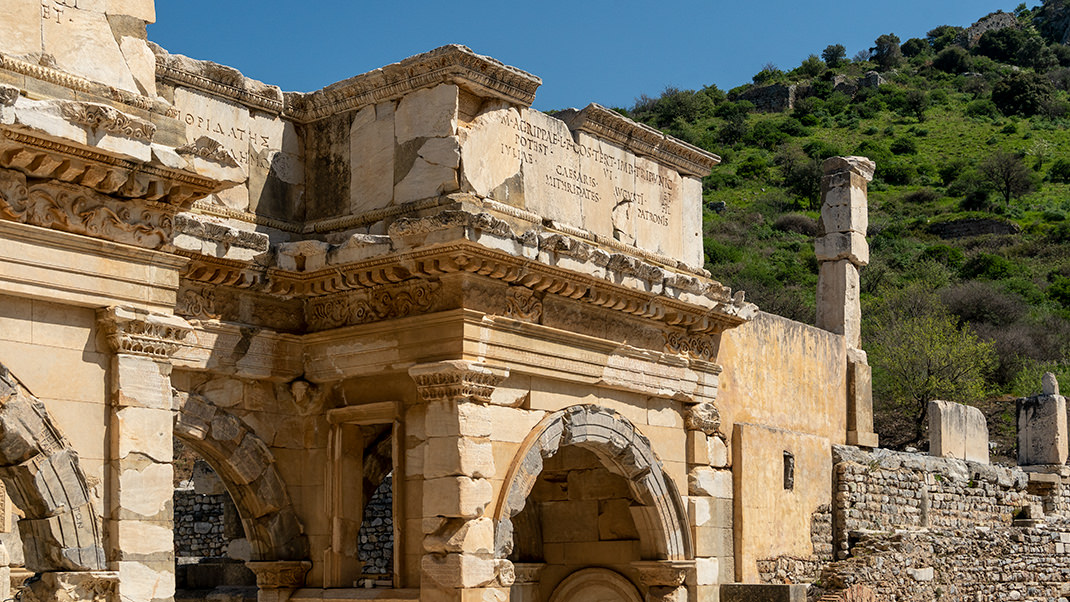
The Library of Celsus housed around 12,000 various written works, making it one of the most important libraries of the ancient world alongside the collections in Alexandria and Pergamon.
In the 3rd century, during the Gothic invasion, the library building suffered significant damage from a fire, and it was not reconstructed afterward. The facade of the building, which we can see today, survived this incident. Its reconstruction took place in the 1970s.
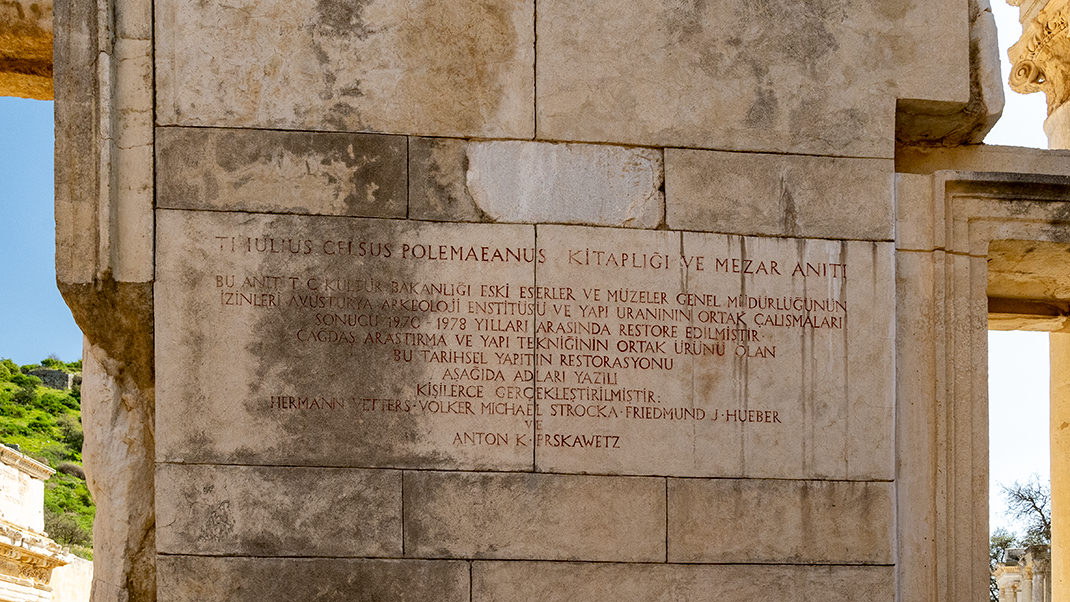
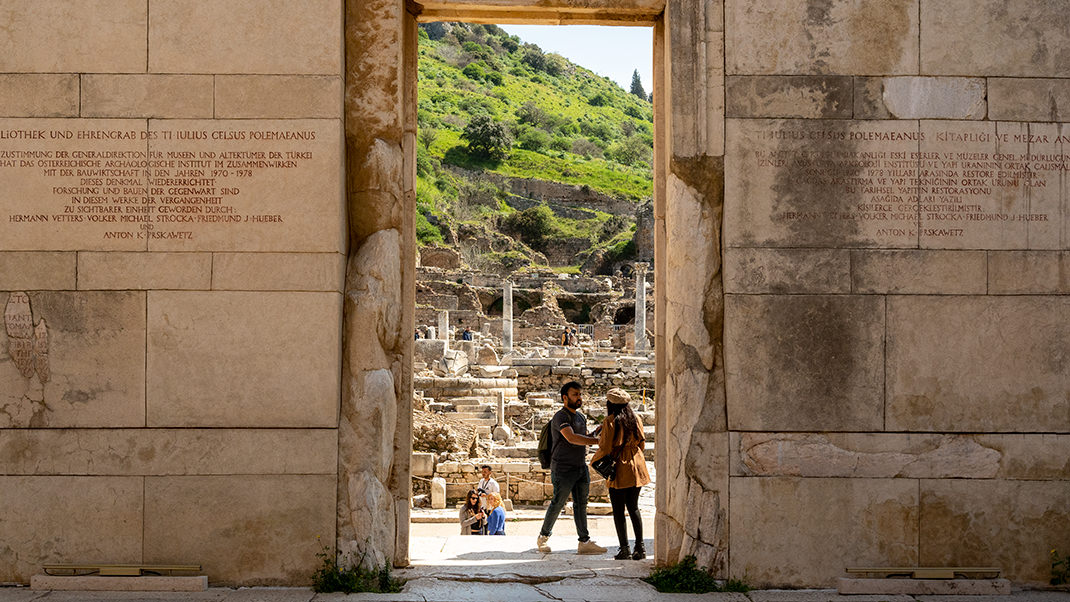
The ancient library's facade is a major attraction for tourists with cameras and phones in Ephesus. Visitors take photos on the steps leading to the library, against its walls, near sculptures, and columns of the ancient monument. Behind the two-story facade of the building was the former reading room, measuring 10.92 by 16.72 meters. Almost no details have been preserved in this room that would remind us of its original purpose.
Regarding the sculptures I mentioned on the facade, what we see today are replicas of the ancient works. The original statues representing the virtues of Celsus were taken to Vienna in the late 19th century. At the top of the building, there was once a figure of Tiberius Julius Celsus himself, which is now kept in the collection of the Archaeological Museum of Istanbul.
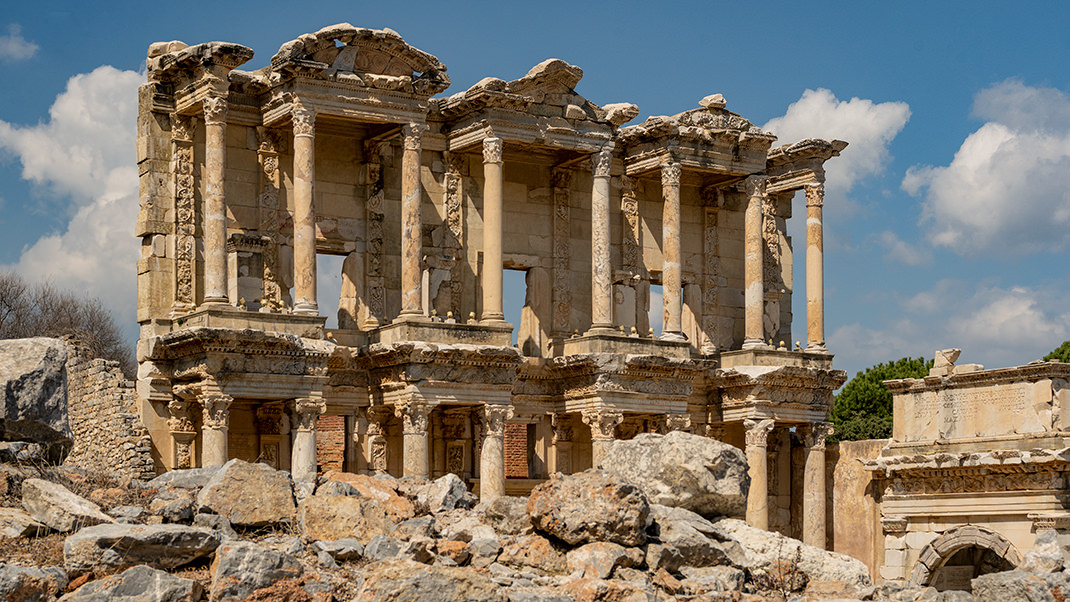
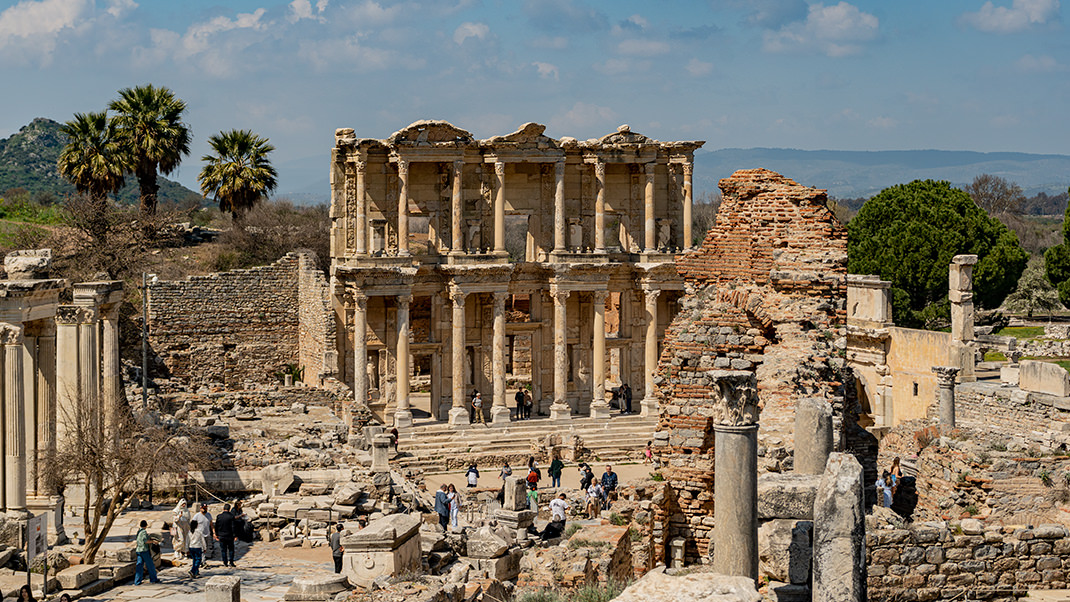
I hope you found the history of this famous structure interesting. In the next article, we will explore the remains of ancient Roman residential houses also located within the unique museum's territory.
Have a nice trip!


